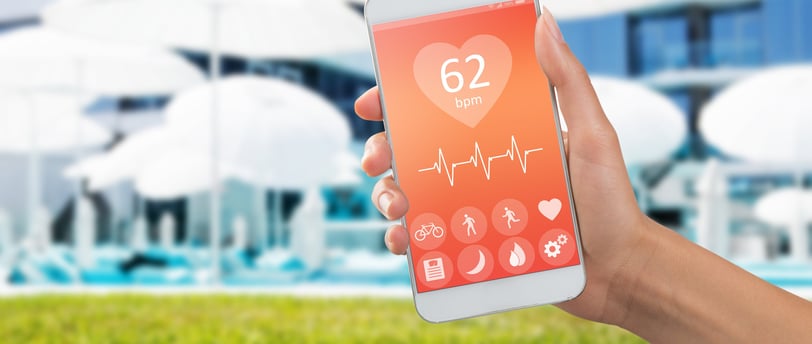
Innovative Tech Solutions Improving Veterans’ Access to Care and Resources
2/1/20242 min read


Veterans often face challenges in accessing timely and effective healthcare and other critical resources. However, innovative technology solutions are playing a crucial role in improving their experiences by enhancing access, quality of care, and overall support systems. Below are several key advancements in tech solutions for veterans:
1. Telehealth Services
Telehealth has revolutionized the way veterans receive care. The Veterans Health Administration (VHA) has increasingly adopted telehealth platforms, allowing veterans to consult with healthcare providers remotely. This innovation is particularly beneficial for those living in rural areas or with mobility issues. Studies have shown that veterans using telehealth have experienced improved mental health outcomes, as it provides easier access to counseling, therapy, and even primary care from the comfort of their homes.
2. Mobile Health Apps
The Department of Veterans Affairs (VA) has developed various mobile applications, such as the VA Health and Benefits App, which help veterans manage appointments, track prescriptions, and access healthcare records. These apps also provide veterans with tools to connect with peer support groups, helping them to maintain their well-being and stay informed about services and benefits.
3. Virtual Reality (VR) for Mental Health
Virtual reality is being used to treat PTSD and other mental health conditions by immersing veterans in controlled, therapeutic environments. Bravemind, a VR platform developed by the University of Southern California, is being used by the VA to help veterans confront and process traumatic experiences. The use of VR enables veterans to engage in exposure therapy, which has shown promising results in reducing PTSD symptoms by allowing veterans to re-live and reframe traumatic memories in a safe, controlled environment.
4. Wearable Devices for Health Monitoring
Wearables like smartwatches or fitness trackers are being increasingly utilized to monitor veterans' health metrics, such as heart rate, sleep patterns, and activity levels. These devices can detect early signs of health issues and prompt veterans to seek medical care before conditions worsen. In some cases, these devices can transmit real-time data to healthcare providers, improving the timeliness and accuracy of care.
5. Blockchain for Benefits and Records Management
Blockchain technology is being explored as a solution for streamlining benefits distribution and ensuring secure, accessible healthcare records for veterans. By using blockchain to manage records and benefits applications, the VA can potentially reduce fraud, delays, and administrative errors. This would enable veterans to access their records and claims status more efficiently, empowering them with greater control and reducing wait times for critical services.
6. AI and Chatbots for Assistance
Artificial intelligence (AI) is increasingly being utilized to support veterans through virtual assistants and chatbots, which can answer questions about healthcare, benefits, and available resources. The VA's AI-driven chatbot, Annie, is a prime example. It helps veterans schedule appointments, track claims, and answer general queries about benefits, making it easier for veterans to access information without the need for human intervention.
These technological innovations are improving the way veterans interact with the healthcare system and access resources. With continued investment and development, these solutions have the potential to transform veterans' care, making it more accessible, efficient, and personalized.

Headquarters:
980 9th Street, #780, Sacramento, CA 95814
916-604-8067
info@legacyveterans.org


Los Angeles Office
1100 Glendon Ave, #580, Los Angeles, CA 90024
213-260-1719
Houston Office:
11757 Katy Fwy, #990, Houston, TX 77079
713-832-1350
